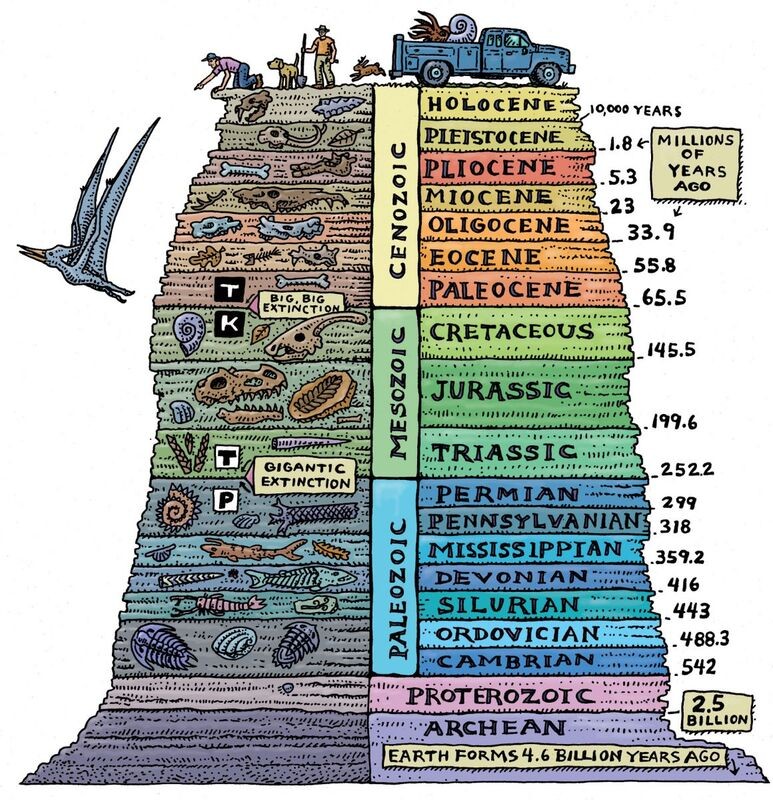Cool Guides
Rules for Posting Guides on Our Community
1. Defining a Guide Guides are comprehensive reference materials, how-tos, or comparison tables. A guide must be well-organized both in content and layout. Information should be easily accessible without unnecessary navigation. Guides can include flowcharts, step-by-step instructions, or visual references that compare different elements side by side.
2. Infographic Guidelines Infographics are permitted if they are educational and informative. They should aim to convey complex information visually and clearly. However, infographics that primarily serve as visual essays without structured guidance will be subject to removal.
3. Grey Area Moderators may use discretion when deciding to remove posts. If in doubt, message us or use downvotes for content you find inappropriate.
4. Source Attribution If you know the original source of a guide, share it in the comments to credit the creators.
5. Diverse Content To keep our community engaging, avoid saturating the feed with similar topics. Excessive posts on a single topic may be moderated to maintain diversity.
6. Verify in Comments Always check the comments for additional insights or corrections. Moderators rely on community expertise for accuracy.
Community Guidelines
-
Direct Image Links Only Only direct links to .png, .jpg, and .jpeg image formats are permitted.
-
Educational Infographics Only Infographics must aim to educate and inform with structured content. Purely narrative or non-informative infographics may be removed.
-
Serious Guides Only Nonserious or comedy-based guides will be removed.
-
No Harmful Content Guides promoting dangerous or harmful activities/materials will be removed. This includes content intended to cause harm to others.
By following these rules, we can maintain a diverse and informative community. If you have any questions or concerns, feel free to reach out to the moderators. Thank you for contributing responsibly!
view the rest of the comments

What was the gigantic extinction event?
Number 3 of the big 5:
https://en.wikipedia.org/wiki/Permian%E2%80%93Triassic_extinction_event
https://en.wikipedia.org/wiki/Extinction_event
That’s intense
The thing that is harder to grasp is the scope and scale of the timeline. Like 252 million goes into 4.5 billion nearly 18 times. This means 252 million is recent on the total scale of time. While a similar eruption is impossible within our lifetimes, it will happen again many times in the future.
Now consider that the sun is going to run out of hydrogen in ~4.7-5b years and realize that we're about halfway through this planet's lifecycle.
Won't actually run out of hydrogen. Only the accessible bit in the core. Most of the hydrogen is in the outer layers and remains untouched. Thus why red dwarfs flare like crazy but Sol, a G-type star does not. Still, we only have around a billion years at Earth's present orbit until the sun is hot enough that the seas will evaporate. That won't matter after we live in space stations.